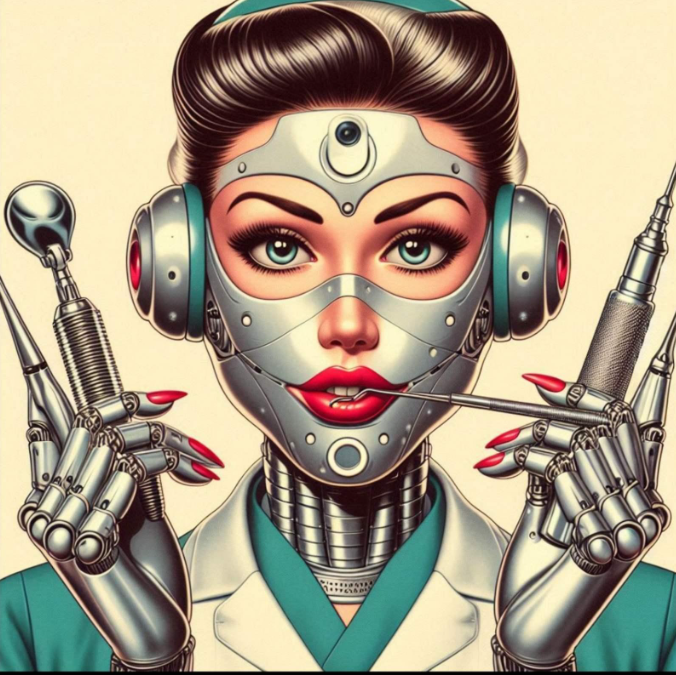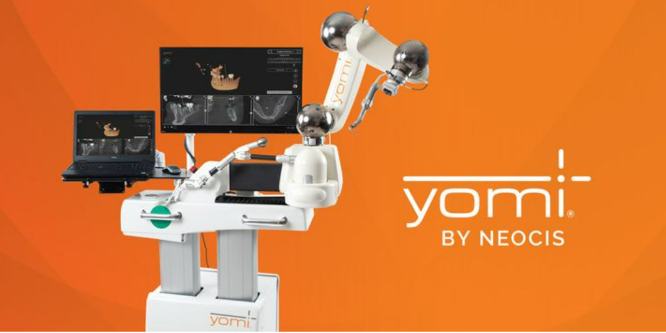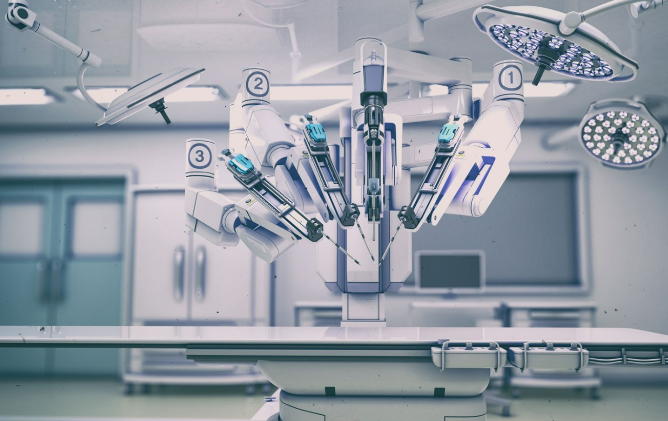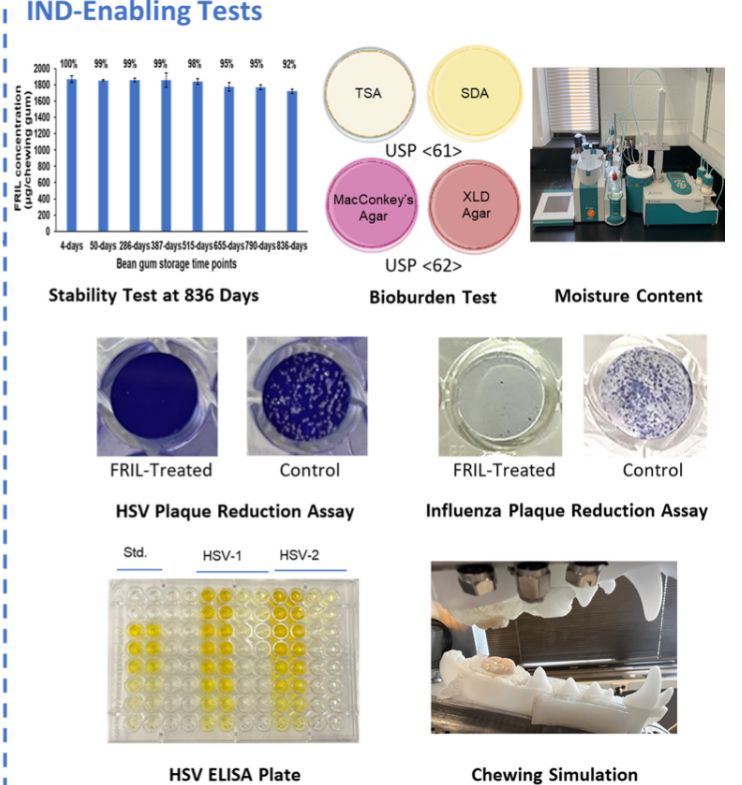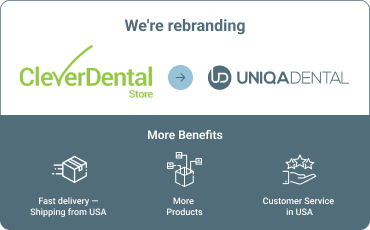Precision Prosthetics: Precision of Robotic Systems in Dentistry
Robotic surgeons and digital prosthetic design environments have already become the standard in many US clinics. Although the classical approach of taking physical impressions and performing surgery, where the surgeon’s hands work miracles, is still used successfully. Today, we will try to figure out the advantages that robotization of dental processes provides, and where the hand with a scalpel is still irreplaceable.
What Robotic Systems Exist in Dentistry and What Can They Do?
Modern robotic systems for dentistry are intricate systems capable of performing a broad spectrum of tasks. In this analysis, we will explore the capabilities of two complexes that have successfully undergone rigorous testing and have garnered well-deserved acclaim.
Yomi Robot is the first and only FDA-approved robotic system for dental implants. It was developed by Neocis and is designed to assist dentists in both planning and executing implant procedures.
Main Characteristics of Yomi:
- Procedure Planning: Yomi enables dentists to create precise 3D models of a patient’s jaw, facilitating detailed planning of implant procedures. The system utilizes CT scan data to generate a digital representation of the patient’s bone structure.
- Surgical Navigation: During the procedure, Yomi provides interactive navigation. The robotic arm guides the dentist’s hand, ensuring accurate positioning and insertion angles for the implants. This precision reduces the risk of deviating from the planned procedure and minimizes potential damage to surrounding tissues.
- Intraoperative Adjustment: The system permits modifications to the surgical plan in real-time, accommodating unforeseen circumstances that may arise during the procedure. This feature ensures flexibility and adaptability.
- Safety: Yomi is equipped with sensors that monitor the position of the tools and their interaction with tissue, thereby preventing accidental damage.
Advantages of Using Neocis Yomi Robot:
- Precision: The Yomi robot enables the placement of implants with a level of precision that is challenging to achieve manually.
- Speed: The system reduces operation time by minimizing the need for manual manipulation.
- Patient comfort: Patients experience less trauma and a faster recovery due to the minimally invasive nature of the surgery.
Da Vinci, developed by Intuitive Surgical, is a renowned robotic surgical system. While its primary application is general surgery, it has also been adapted for dental procedures, including intricate maxillofacial surgeries.
Main Characteristics of Da Vinci:
- Multifunctionality: Da Vinci is versatile, used for a wide array of surgical procedures ranging from the simplest to the most complex. It features four robotic arms, each dedicated to specific tasks.
- 3D Visualization: The system boasts a high-quality 3D camera with magnification capabilities, enabling surgeons to view the surgical field in great detail. This feature is particularly beneficial for complex dental procedures that demand precision and meticulous attention to minute details.
- Minimally Invasive Procedures: Da Vinci’s precise instrument control allows for operations through small incisions, reducing the risk of complications and facilitating quicker patient recovery.
- Ergonomics: Surgeons operate the system via a console, which provides a more comfortable working environment, lessens fatigue, and enhances the precision of movements.
Features and Advantages of the Da Vinci Surgical Complex:
- Precision Control: The system mitigates hand tremors, ensuring smooth and precise movements.
- Advanced Visualization Capabilities: The system offers multi-dimensional imaging that proves invaluable in complex scenarios.
- Multifunctional Instruments: Da Vinci accommodates a diverse range of instruments, enabling various procedures from incisions and suturing to coagulation and tissue resection.
Impact of Robotic Systems on Dental Services
Robotic systems have significantly enhanced the precision of denture installation, increasing accuracy by 20-30%. They have also reduced the time required to create and install a prosthesis by 40-50%. These figures are particularly impressive given that such procedures previously could take weeks and necessitate multiple dental visits.
Robotic systems offer:
- Minimal interference with healthy tissue.
- High predictability of results.
- Reduced risk of human errors.
- Increased patient comfort by shortening procedure time.
Disadvantages of Robotic Systems
Despite their numerous benefits, robotic systems have drawbacks. The foremost is the cost; both the initial purchase price and the ongoing service expenses are substantial, potentially putting these systems beyond the reach of many dental clinics and patients.
Additionally, robots may not always account for all nuances of a patient’s anatomy, particularly in complex cases with atypical bone or soft tissue structures. In such scenarios, the expertise and experience of the dental surgeon are paramount.
When the Surgeon’s Skill is Irreplaceable
There are instances where the intervention of a skilled surgeon is indispensable. For example, in the presence of complex pathologies or anomalies, standard robotic system algorithms may not accommodate all the intricacies. A surgeon’s expertise is also crucial when unexpected complications arise during a procedure, necessitating an immediate and precise response.
Ultimately, robotic systems do not supplant humans; they augment them, offering new possibilities and enhancing the quality of medical services. The future of dentistry lies in the synergy of advanced technology and human expertise, which promises to elevate dental treatment and prosthetics to new heights.
Conclusion
Robotic systems represent a significant advancement in the quality and efficacy of dental treatments. They improve procedural accuracy and reduce execution time but have not yet fully replaced the human element. Physicians must embrace and adapt to these new technologies to collectively propel medicine forward.

